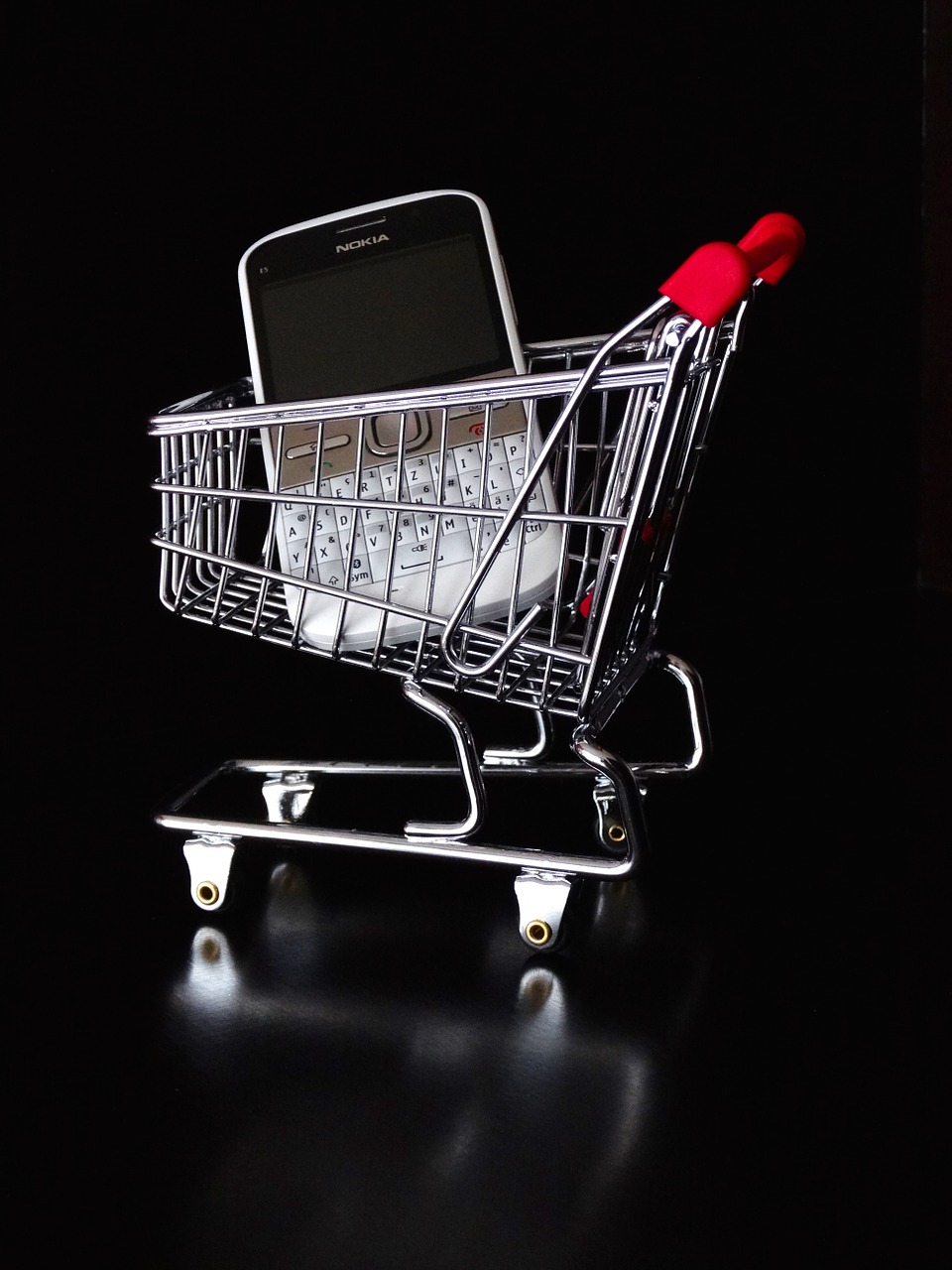
Black Friday remains a digital shopping bonanza, but in-person retail isn’t dead. New data from Pew Research shows that while e-commerce sales skyrocket during the fourth quarter — especially around Thanksgiving weekend—most retail transactions in the U.S. still happen in physical stores.
Online sales surge at year’s end
In the final quarter of 2022, online sales reached $303.1 billion, a 23.4% jump over the average of the previous three quarters. The holiday season — Black Friday through Christmas — remains the busiest period for e-commerce.
- Online sales accounted for 16.3% of all retail in Q4 2022
- That’s up from 14.1% in the earlier quarters of the same year
- In 2023, through Q3, e-commerce already hit $793.7 billion, making up 14.9% of total retail sales
The fourth quarter of 2023 was expected to push that share even higher.
A long climb since the early 2000s
When the U.S. Census Bureau began tracking online sales in 1999, e-commerce made up just 0.7% of total retail. Since then, the trend has followed a predictable pattern:
- The online share jumps every Q4
- It falls back slightly after the holidays
- But it never returns to previous lows
By Q4 2019, online sales had reached 12.4% of total retail—then the pandemic changed everything.
COVID-19 gave online shopping a permanent boost
In Q2 2020, during nationwide lockdowns, e-commerce sales soared to $205.3 billion, a 55% increase over the previous year. That quarter alone, online shopping made up 16.7% of all retail—the highest share ever recorded.
Although the online share dipped as stores reopened, it never returned to pre-pandemic levels. In 2022, it remained steady at over 16% in Q4, suggesting that new shopping habits have stuck.
Who’s winning online?
Not all retailers are seeing equal gains from e-commerce growth.
- Nonstore retailers (companies without physical locations) accounted for 62% of all online sales in Q3 2023
- That’s up from 59% the year before
- Online sales rose 12.4% year-over-year for nonstore retailers
Among brick-and-mortar businesses:
- General merchandise: +8.7%
- Food and beverage: +5.1%
- Health and personal care: +4.7%
- Electronics and appliances: -1.6%
- Motor vehicles and parts: -3.2%
- Furniture and home goods: -16.2%
The data shows that while some sectors thrive online, others are struggling to keep up.
Why Black Friday still matters
Despite digital growth, Black Friday’s impact on physical retail is still massive. While the term originally came from Philadelphia police frustrated by post-Thanksgiving traffic, retailers later embraced it as the tipping point for annual profits—when they move from “the red” into “the black.”
Even today, with online sales booming, Black Friday remains one of the busiest in-store shopping days of the year.
Key takeaways
- Online sales spike in Q4, especially around Black Friday, but physical stores still capture most purchases
- E-commerce now consistently makes up 14–16% of all U.S. retail sales
- The COVID-19 pandemic pushed online shopping into a new permanent phase of growth
- Nonstore retailers and general merchandise giants benefit most from the online boom









